Blue Heeler Puppies is also known by the name of the Australian Cattle Dog, and Red Heeler – very intersting temprament like tough, energetic, loyal, and independent. Loyaltly, intellegence and striking behaviour made the Blue Heeler Australian Shepherd mix an increasingly popular breed.
History of Australian cattle/Blue Heeler
The Blue Heeler dog breed was reproduced to make a grouping canine. This was particularly true for the Australian condition after British pilgrims emigrated there in the nineteenth century.
Their interesting appearance is somewhat due to the wild dingo blood going through their veins.
Archeological proof shows that anywhere Dingos and homegrown canines have existed, a specific measure of cross-reproduction has happened.
In any case, it’s no accident that Blue Heelers are fairly dingo-like in appearance—the dingo blood in the Australian Cattle Dog is no mishap. Indeed, dingos were intentionally reared with the Blue Heeler canine to achieve a particular outcome. That is, the sort of intense canine that Australian cattlemen required.
Notwithstanding Dingos, you’ll discover hints of different varieties in Blue Heeler’s hereditary cosmetics. These incorporate the Blue Smooth Highland Collie, Bull Terrier, Dalmatian, and dark and tan Kelpie.
In the event that you’d prefer to discover more about the historical backdrop of this captivating variety, look at our nitty gritty manual for Blue Heeler beginnings.
The variety got official acknowledgment in 1980 from the American Kennel Club. From that point forward, a lot of principles have been drawn up for the qualities you can expect in a Blue Heeler canine. We’ll take a gander at those soon, and above all, some great realities.
Blue Heeler Australian shepherd mix lifespan
The Australian Cattle Dog breed can live 12 to 15 years, approximately. If you often love husky canine so Blue Heeler Husky mix dog breed is an ideal dog variety for loyal companion.
Appearance
The Australian Cattle Dog is a strong, solid, reduced canine that invigorates the impression of dexterity and. It has an expansive skull that levels to a distinct stop between the eyes, with solid cheeks and a medium-length, profound, ground-breaking gag.
The ears are pricked, little to medium in size, and set wide apart, with a covering of hair within. The eyes are oval and dim, with an alarmingly sharp articulation.
The neck and shoulders are solid and strong; the forelegs are straight and equal; and the feet are round and curved, with little, durable toes and nails.
The Australian Cattle Dog breed standard expresses that it ought to have very well-molded muscles, in any event, when reared for partner or show purposes, and that its appearance ought to be balanced and adjusted, with no individual aspect of the canine overstated.
It ought not look either sensitive or awkward, as either trademark restricts the nimbleness and perseverance that is vital for a working canine.
Is a blue heeler a good family dog?
Do you know that? This dog breed inherits herding animal genes from Australian shepherds, so you can easily train this dog breed as a guard dog and pet.
So while they can cause extraordinary pets in the event that you have the opportunity and energy to commit to their sound lives, you should consistently administer these canines around littler youngsters.
Blue Heeler Puppies Adopting
A lot of problems have been prevalent in Australian shepherd dogs, so it is very difficult for everyone to find the perfect puppy?
It is imperative to ensure the Blue Heeler little dog you pick has a sound parentage. Be firm about observing declarations to confirm the wellbeing status of the guardians before you visit (and begin to look all starry eyed at) a pup. This will limit the danger of the maladies examined in this article.
Likewise, research the expected reproducers, the same number of individuals will survey raisers they have utilized previously.
Continuously visit your raiser and their pups before choosing. Moreso, consistently go to a raiser arranged to pose inquiries. Ensure you’re satisfied that they’ve given you enough data before continuing.
Furthermore, remember never to purchase a little dog without seeing it with its mom. Notwithstanding the wellbeing concerns, you need to maintain a strategic distance from little dog factories. Peruse our article on pup plants to recognize what you should pay special attention to.
Great raisers will likewise generally address you, to ensure their pup is heading off to a decent home. They’ll need to realize that it’s with somebody who knows how to deal with it.
They will likewise have completed all wellbeing tests pertinent to the variety and be glad to show you the supporting desk work.
Blue Heeler Australian Shepherd Mix Puppy
Blue Heeler Puppies German Shepehrd Mix dog breed
Australian Shepherd Blue mix Coat & Shedding
There are two acknowledged coat hues, red and blue. Chocolate and cream are viewed as issues. Blue canines can be blue, blue mottled, or blue dotted with tan on the legs and chest and white markings and a dark fix or “cover” on one or the two sides of the head.
Red canines are equally dotted with strong red markings, and comparatively to the blue canines can have an earthy colored (red) fix “veil” on one or the two sides of the head and now and again on the body.
Both red canines and blue canines are brought into the world white (with the exception of any strong shaded body or face markings) and the red or dark hairs show from around a month old enough as they develop and develop.
The unmistakable grown-up colouration is the aftereffect of dark or red hairs firmly blended through a dominatingly white coat. This isn’t merle colouration (a spotted impact that has related medical problems), yet rather the aftereffect of the ticking quality.
Various varieties show ticking, which is the presence of shading through white zones, however the general impact relies upon different qualities that will adjust the size, shape and thickness of the ticking.
Notwithstanding the essential colouration, an Australian Cattle Dog shows a few patches of strong or close strong shading. In both red and blue canines, the most widely recognized are covers more than one or the two eyes, a white tip to the tail, a strong spot at the base of the tail, and some of the time strong spots on the body, however these are not alluring in canines reproduced for compliance shows.
Blue canines can have tan halfway up the legs and reaching out up the front to bosom and throat, with tan on jaws, and tan eyebrows. Both shading structures can have a white “star” on the temple called the “Bentley Mark”, after an unbelievable canine claimed by Tom Bentley.
Basic miscolours in the Australian Cattle Dog are dark hairs in a red-covered canine, remembering the extraordinary of a dark seat for a red canine, and broad tan on the face and body on a blue canine, called “crawling tan”.
The Australian Cattle Dog has a twofold coat—the short, straight external watchman hairs are defensive in nature, keeping the components from the canine’s skin while the undercoat is short, fine and thick.
Steers Dog head with a ready articulation
A Cattle Dog with a solitary veil and a bentley mark shows the variety’s normal ready articulation.
The cover comprises of a dark fix more than one or the two eyes (for the blue coat shading) or a red fix more than one or the two eyes (for the red coat shading).
Contingent upon whether one or the two eyes have a fix, these are called, separately, “single” (or “half”) cover and “twofold” (or “full”) veil. Canines without a cover are called plain-confronted. Any of these are adequate as indicated by the variety standard. In adaptation shows, even markings are favored over lopsided markings.
Blue Heeler Australian Shepherd Border Collie Mix
Are blue Heelers Aggressive?
Australian Cattle or Red Heeler dogs have one of the most exceedingly terrible notorieties among any variety for gnawing individuals. Specifically, it is notable that a Blue Heeler will give anybody access to a house, yet not let the person in question out. They will assault the individual’s heel, consistent with the name “heeler.”
Simultaneously, I don’t accept a canine is brought into the world forceful. On the off chance that a canine turns on you, it is typically in light of the fact that the canine has been abused eventually in their life. It might have been either kicked or consistently hit.
Something triggers a memory causing this animosity in a canine. Something as straightforward as you unintentionally stepping on its tail could set him off. Be straightforward, you would fight back on the off chance that somebody bounced on you, or pushed you over.
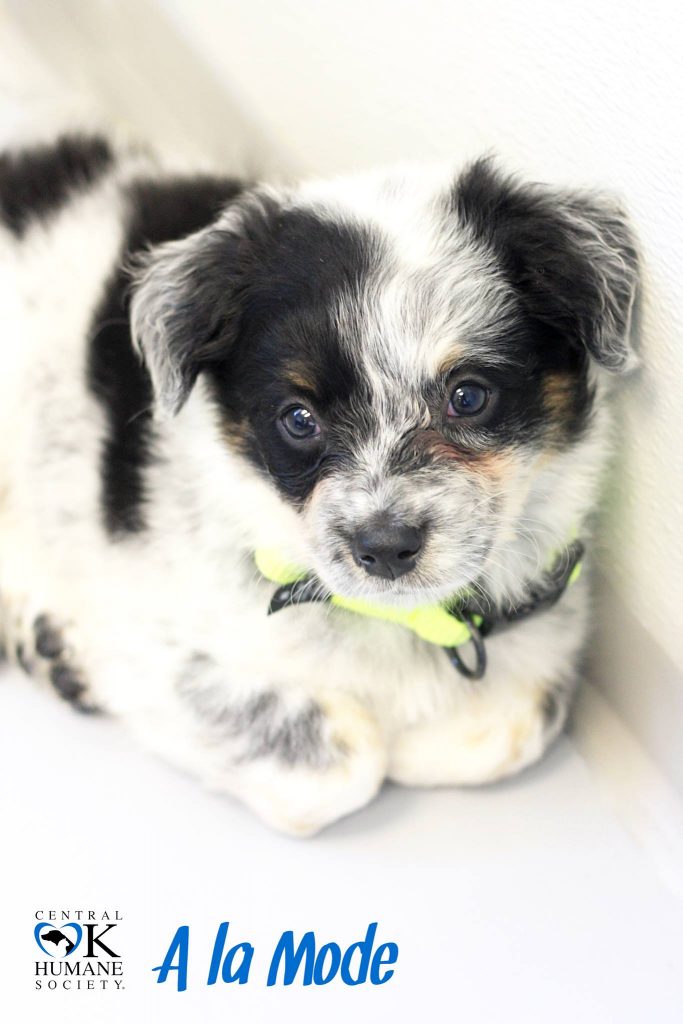
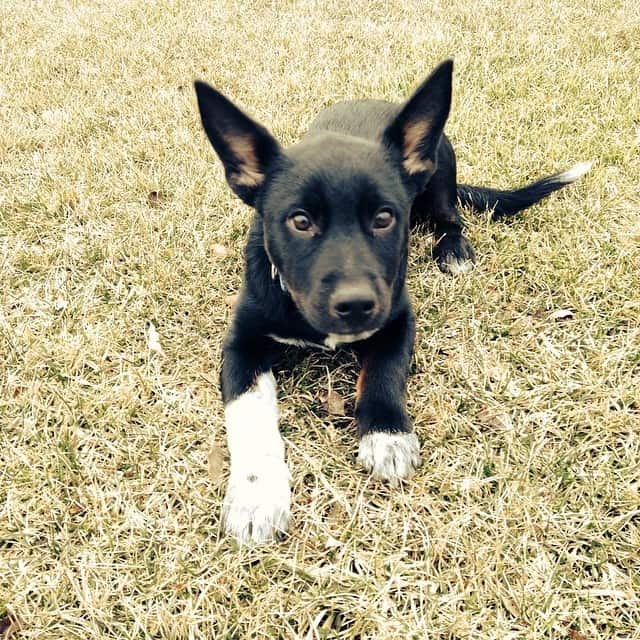
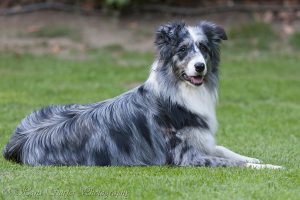
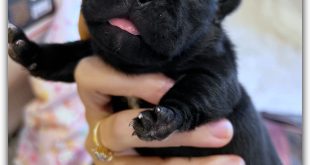
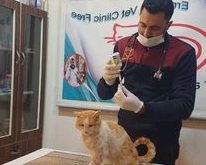

Thank you for this brief explanation and very nice information. This post gives truly quality information. hope to see you again. I find that this post is really amazing.
Very informative article!
Your blog given us with important data to work with. Each tips of your post are amazing. Really nice and interesting post.